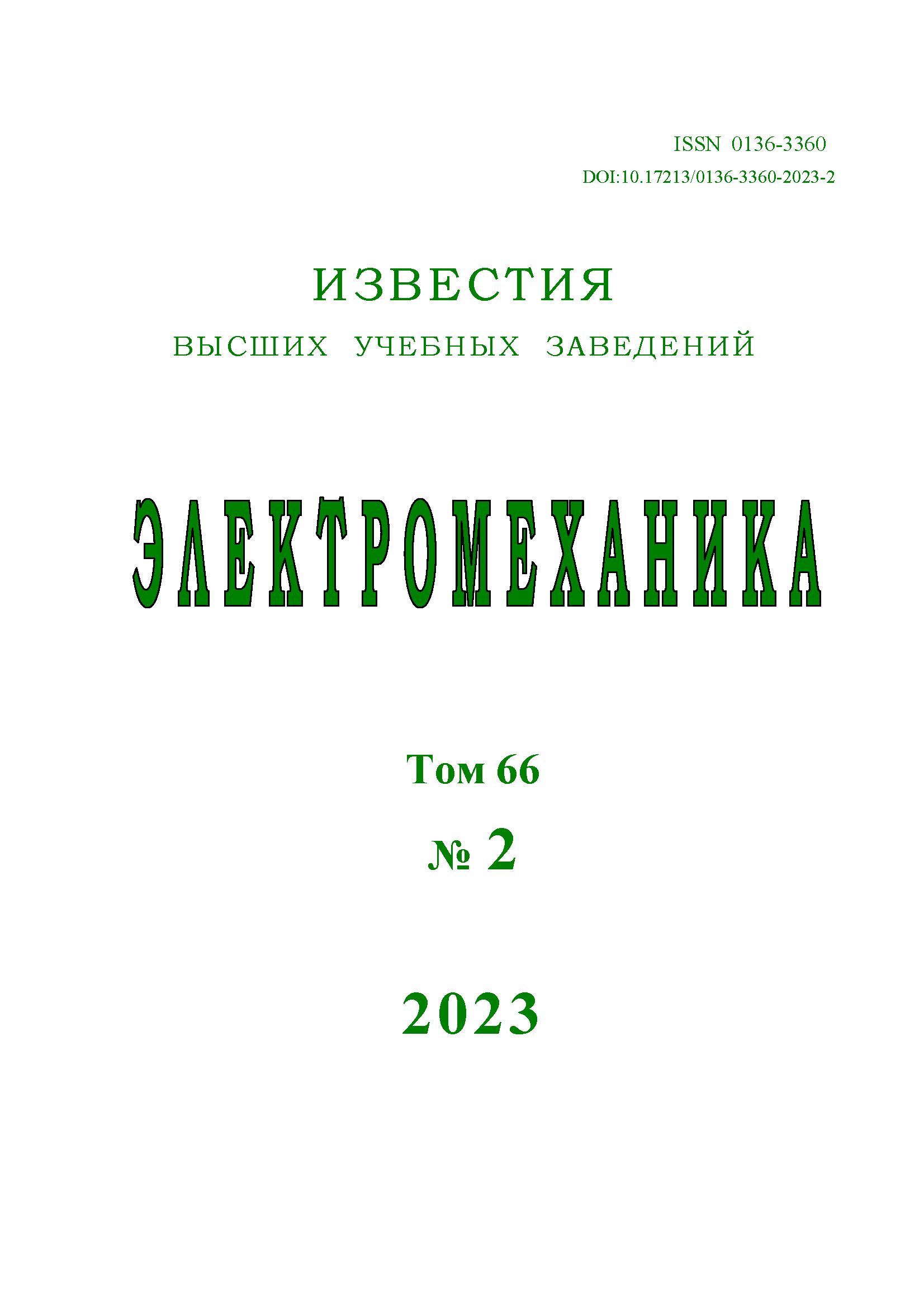Levitation electromagnets optimal designing using the method of inverse problem solving in the OCTAVE development environ-ment
DOI:
https://doi.org/10.17213/0136-3360-2023-2-11-16Keywords:
mathematical modeling, optimal design, program complex, inverse problems, levitation electromagnetAbstract
The article proposes a solution to the problem of levitation electromagnets optimal designing using the developed method for solving inverse problems. A set of programs for designing a U-shaped electromagnet with two control coils has been created in the Octave software environment in the Lua language on its basis. Reducing the time for solving inverse problems is achieved by converting constraints into objective functions and successive minimization of these functions with respect to a limited number of variables. The software package allows you to determine the initial approximations of the desired parameters using analytical solution of inverse problems based on models of equivalent magnetic circuits, open the FEMM package for the numerical solution of the direct boundary value problem of calculating a plane-parallel magnetic field and levitation force, perform minimization of the problem functionals, and find the desired parameters under the specified constraints. The developed method and software package can be used to design various electrical devices.
References
Борухов В.Т., Гайшун И.В., Тимошпольский В.И. Структурные свойства динамических систем и обратные задачи математической физики. Минск: Бел. наука, 2009. 174 с.
Korovkin N.V., Chechurin V.L., Hayakawa M. Inverse Problems in Electric Circuits and Electromagnetics. Springer, 2006. 339 p.
Tikhonov A.N., Arsenin V.Y. Solution of Ill-Posed Problems. Washington: Winston & Sons, 1977. 258 p.
Alifanov O.M. Inverse Heat Transfer Problems. New York: Springer-Verlag, 1994, 348 p.
Ватульян А.О. Обратные задачи в механике деформируемого твердого тела. М.: Физматлит, 2007. 224 с.
Буль Б.К. Основы теории и расчета магнитных цепей. Л.: Госэнергоиздат, 1964. 464 с.
Morgan A.T. General Theory of Electrical Machines. London. Heyden and Son. 1979. 448 p.
Балабан А.Л. Метод оптимального проектирования электромагнитных исполнительных механизмов электро-технических систем на основе решения обратных задач // Изв. вузов. Электромеханика. 2017. № 4. С. 34 – 39. DOI:10.17213/0136-3360-2017-4-34-39
Bakhvalov Yu.A., Gorbatenko N.I., Grechikhin V.V., Balaban A.L. Optimal Design of Energy Saving Electromagnetic Sys-tems Using Solutions of Inverse Problems. Journal of Fundamental and Applied Sciences, 2016, vol. 8, iss. 3S, pp. 2505 – 2513.
Balaban A.L., Bakhvalov Yu.A., Grechikhin V.V., Shaykhutdinov D.V. Method for Optimal Design Electromagnets
of High-Precision Systems for Positioning Objects in a Horizontal Plane. Journal of Engineering and Applied Sciences, 2018, vol. 13, no. 7, pp. 1696 – 1700.
Eaton J.W., Bateman D., Hauberg S. GNU Octave Manual. Version 3. Network Theory Limited, 2008. 568 p.
Бахвалов Ю.А. Математическое моделирование: учеб. пособие для вузов. Новочеркасск: ЮРГТУ(НПИ), 2010. 142 с.
Официальный сайт программного комплекса FEMM. [Электронный ресурс]. URL: http://www.femm.info/(дата обра-щения: 12.01.23).







